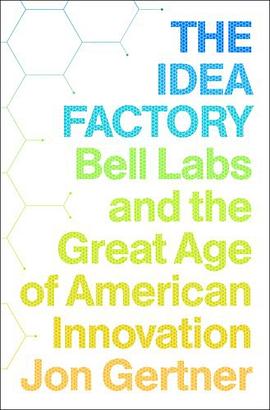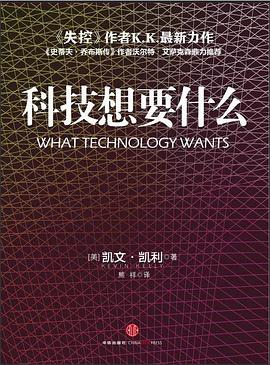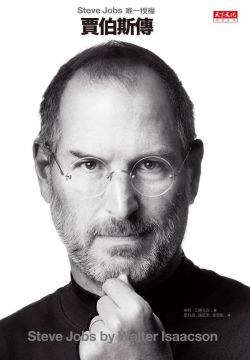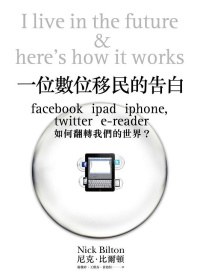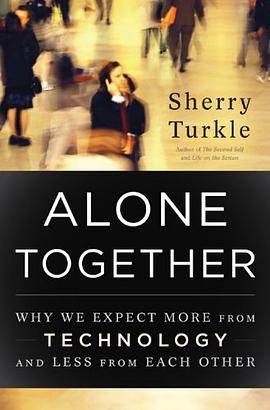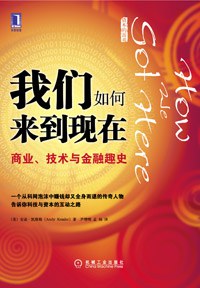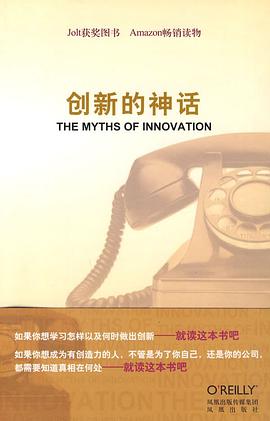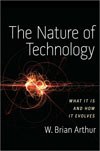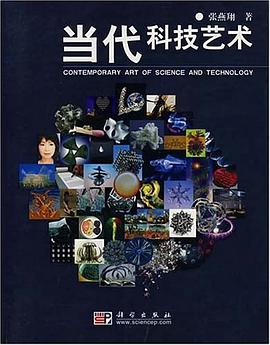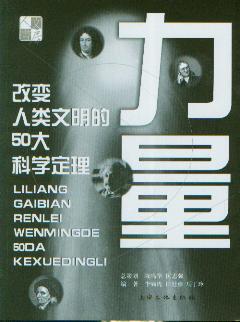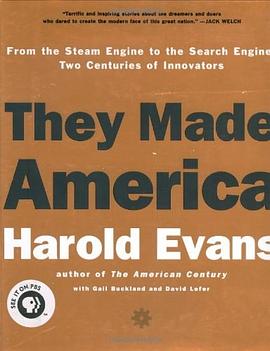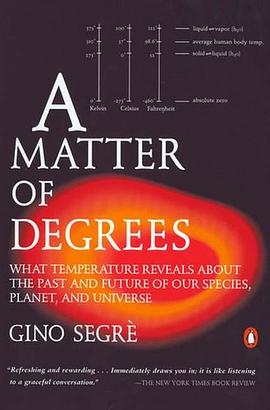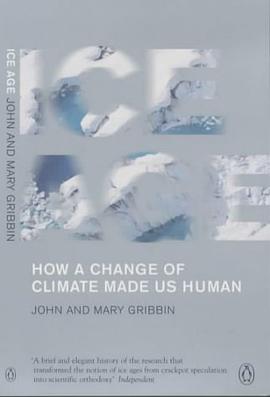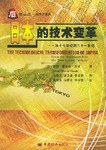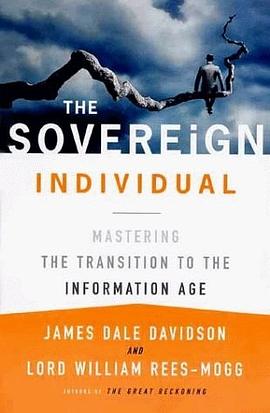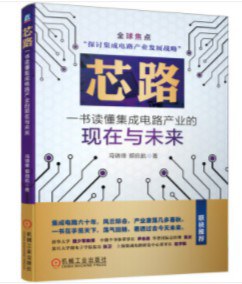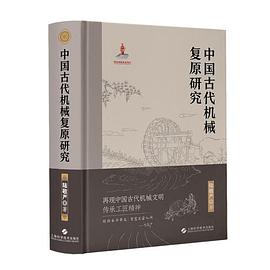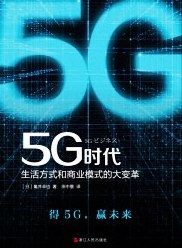
具體描述
I’m a book author and a contributing writer for the New York Times Magazine, and I tend to describe myself as both a journalist and historian. In addition to the Sunday Magazine, my writing has appeared in the New York Times Book Review, Wired, The New Yorker, The Washington Post, The Wall Street Journal, Technology Review and Fast Company. Usually I write about science, nature, technology, and business. But oftentimes my articles explore the intersections between all those areas. At least to me, that’s where the most interesting things happen.
My first book, The Idea Factory: Bell Labs and the Great Age of American Innovation, was published by Penguin Press in 2012. The Ice at the End of the World, my new book, is being published by Random House and chronicles 150 years of exploration and investigation on the Greenland ice sheet. The book was conceived as a story about ice and the process of scientific discovery; it aims to explain how the work in Greenland, aided by an evolving array of technological tools, has led us to a profound understanding of our current climate crisis. In truth, I like to think the book might be more than that. The story of Greenland’s ice sheet—the world’s largest laboratory—includes hair-raising tales of adventure and frostbite; a cast of characters who suffered misery on an almost unimaginable level; and a number of scientists who perceived in the ice a method to decipher clues to the ancient and future earth. It’s a human saga, in other words, as well as an epic of nature.
I live in New Jersey with my wife and kids. I’m a lifelong New Jersey native, in fact—my father was a medical school professor and my mother taught first grade—and I grew up in the town of Berkeley Heights, not far from where I live now.
A sweeping, atmospheric history of Bell Labs that highlights its unparalleled role as an incubator of innovation and birthplace of the century's most influential technologies. Bell Laboratories, which thrived from the 1920s to the 1980s, was the most innovative and productive institution of the twentieth century. Long before America's brightest scientific minds began migrating west to Silicon Valley, they flocked to this sylvan campus in the New Jersey suburbs built and funded by AT&T. At its peak, Bell Labs employed nearly fifteen thousand people, twelve hundred of whom had PhDs. Thirteen would go on to win Nobel prizes. It was a citadel of science and scholarship as well as a hotbed of creative thinking. It was, in effect, a factory of ideas whose workings have remained largely hidden until now. "New York Times Magazine" writer Jon Gertner unveils the unique magic of Bell Labs through the eyes and actions of its scientists. These ingenious, often eccentric men would become revolutionaries, and sometimes legends, whether for inventing radio astronomy in their spare time (and on the company's dime), riding unicycles through the corridors, or pioneering the principles that propel today's technology. In these pages, we learn how radar came to be, and lasers, transistors, satellites, mobile phones, and much more. Even more important, Gertner reveals the forces that set off this explosion of creativity. Bell Labs combined the best aspects of the academic and corporate worlds, hiring the brightest and usually the youngest minds, creating a culture and even an architecture that forced employees in different fields to work together, in virtually complete intellectual freedom, with little pressure to create moneymaking innovations. In Gertner's portrait, we come to understand why both researchers and business leaders look to Bell Labs as a model and long to incorporate its magic into their own work. Written with a novelist's gift for pacing and an ability to convey the thrill of innovation, "The Idea Factory" yields a revelatory take on the business of invention. What are the principles of innovation? How do new technology and new ideas begin? Are some environments more favorable than others? How should they be structured, and how should they be governed? Can strokes of genius be accelerated, replicated, standardized? The history of Bell Labs provides crucial answers that can and should be applied today by anyone who wants to understand where good ideas come from.
用戶評價
##太過細碎的描寫方式,最後一章對於Bell Lab究竟有什麼特殊,總算有那麼一點提綱挈領的意思,和之前的章節總算聯係瞭起來。
評分 評分##本書的撰寫方式和我想的不大一樣,結構上圍繞6個核心人物:Mervin Kelly, Jim Fisk, William Shockley, Claude Shannon, John Pierce, and William Baker,將貝爾實驗室本身的發展穿插瞭這些故事的中間,在講述這6個人的時候,還穿插瞭大量的技術創新理論點,感覺這個結構有點復雜
評分 評分##寫人還是寫機構,傻傻分不清楚,還不如大學時看AT&T的書養分多
評分##一般,中信的翻譯太差
評分 評分 評分##太過細碎的描寫方式,最後一章對於Bell Lab究竟有什麼特殊,總算有那麼一點提綱挈領的意思,和之前的章節總算聯係瞭起來。
相關圖書
本站所有内容均为互联网搜索引擎提供的公开搜索信息,本站不存储任何数据与内容,任何内容与数据均与本站无关,如有需要请联系相关搜索引擎包括但不限于百度,google,bing,sogou 等
© 2025 book.tinynews.org All Rights Reserved. 静思书屋 版权所有

